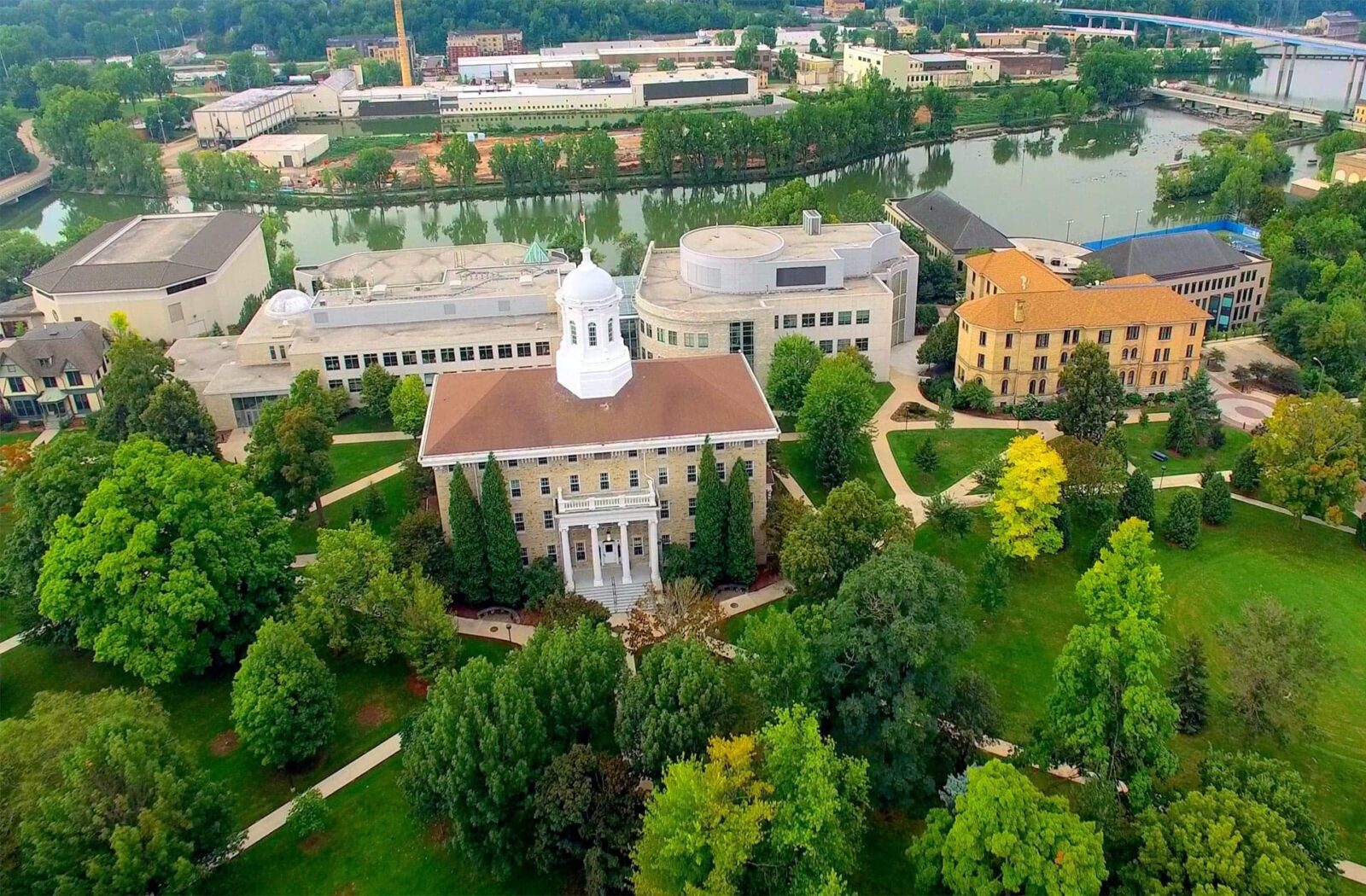

January was a banner month for mega-gifts to U.S. universities. In the span of a week, three large gifts made headlines:
These generous gifts to large universities may appear to have nothing in common with gifts to smaller institutions, and some institutional leaders and fundraisers might say these gifts hold no lessons for them. However, as I read about these newsworthy stories, they reminded me of a similarly inspiring commitment one of our clients received. Earlier in January, the College of Saint Benedict, a nationally-ranked liberal arts college in St. Joseph, Minnesota, announced a $10 million gift from anonymous donors—parents of an alumna—to create a center for ethical leadership. This made me wonder if there were true similarities between this gift and the other three.
As I dug deeper, certain patterns emerged, which align with findings from a major resource on nonprofit trends. These trends are worth the consideration of all higher education institutions. All of these gifts involved:
I cannot overemphasize the importance of recognizing and applying the lessons from these trends across higher education. When confronted with the news of mega-gifts to large universities, the kneejerk reaction of many smaller liberal arts colleges is to dismiss the news as irrelevant to their institutions.
I disagree. Any fundraising organization can apply these principles: building long-term relationships with major donors, encouraging and recognizing multi-generational involvement, providing effective stewardship from gift to gift, and creating donor-focused funding opportunities. For smaller institutions, the gift may be $1 million instead of $100 million, but the formula for success remains the same.
Connect with your colleagues today and ask yourselves, do we have plans in place and funding priorities identified for our constituents who meet these definitions? If not, follow the opportunity!